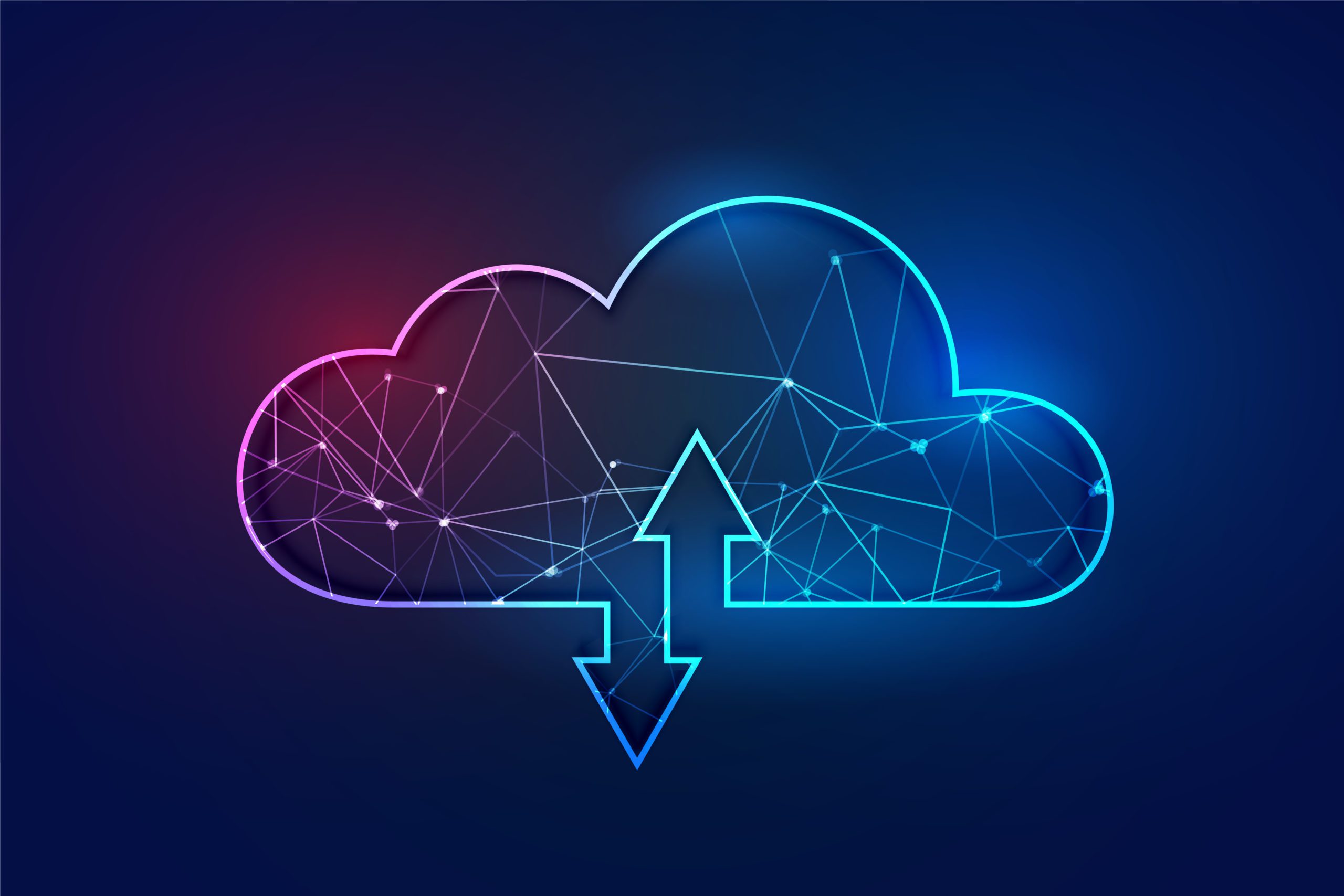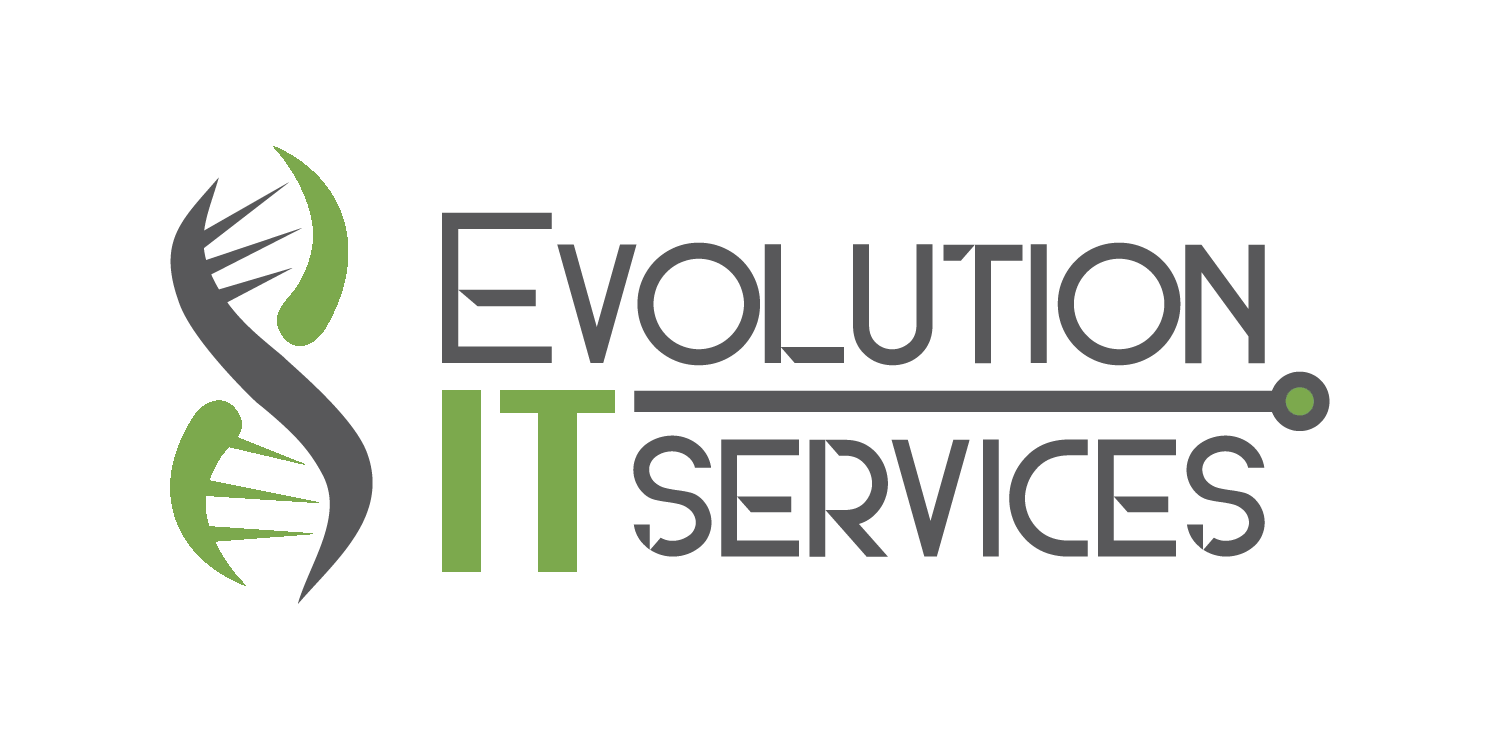
Understanding the True Costs of Cloud Computing: A Balance of Expenditure and Value
Cloud computing is the on-demand availability of computing resources (such as storage and infrastructure), as services over the internet. It eliminates the need for individuals and businesses to self-manage physical resources themselves, and only pay for what they use.
With the prompt advent of the digital era, cloud computing has revolutionized the way businesses operate, largely due to its efficiency, flexibility, and scalability features.
If you’re considering investing in this technology, understanding the pricing of cloud computing is crucial. However, understanding the true cost of cloud computing is crucial before any substantial investment.
What Determines the Cost of Cloud Computing?
Three factors primarily influence the cost of cloud computing services: compute power, network services, and storage options. These components serve as the foundation for your cloud computing system.
By understanding these factors, you can make an informed decision and choose the most suitable and cost-effective cloud solution for your needs!
Compute Power: The Engine of Your Cloud System
Cloud computing costs are often dictated by the compute power required for your operations. Various cloud service providers (CSPs) offer different compute instances, each boasting distinct memory and CPU features.
Some CSPs even offer specialized hardware such as high-speed networking and graphics acceleration, catering to a wide range of business needs. You pay based on each instance’s type, duration of usage, and the number of instances. Understanding these facets is key to effective cloud computing budgeting.
Network Services: Driving the Cloud Computing Costs
Network services constitute a significant part of your cloud computing expenses. Most Cloud Service Providers (CSPs) charge based on the volume of data transferred to and from the cloud service.
Additionally, virtualized network services like static IP addresses, gateways, and load balancers may incur extra costs. It is thus essential to factor in these components when forecasting cloud computing costs.
Read also: What are IT Support Services?
Storage Options: Understanding Cloud Computing Pricing
Storage is another crucial aspect that determines the cost of cloud computing services. CSPs typically offer various storage-as-a-service options, with charges levied based on the storage used. For example, an elastic storage service may charge monthly for each GB of storage used, while managed storage services may require you to pay for the entire storage volume. Comprehending these pricing structures is integral to optimizing your cloud computing expenses.
Unveiling the True Cost of Ownership (TCO) in Cloud Computing
When it comes to cloud computing TCO, a simple glance at your cloud service provider’s pricing page might not reveal the entire picture. Beyond the direct costs— the expenses you pay your cloud provider for resources like storage, computing power, and networking— there are often indirect costs that can sneak up on you.
Indirect costs include aspects like the training you need to provide your personnel to manage and operate your cloud services effectively. Application re-architecting, which involves tweaking your existing applications to optimize them for the cloud environment, can also incur costs.
Moreover, there might be potential downtime during the transition to the cloud, which could affect your business operations and subsequently, your revenues. All these factors must be considered for a comprehensive understanding of cloud computing TCO.
The Potential for Cloud Computing Savings and ROI
Embracing cloud computing is not just about dealing with costs; it’s also about reaping benefits and savings.
The pay-as-you-go model is a significant advantage of cloud computing. This model lets you pay for only the resources you use, thereby eliminating wastage and promoting cost efficiency.
Additionally, the shift to cloud computing entails you no longer need to deal with the nuances of maintaining and updating in-house servers, which can lead to considerable cost savings.
But the perks of cloud computing are not limited to cost savings alone. They also offer an avenue for significant ROI. Cloud services can enhance business agility by allowing for rapid scaling up or down based on demand. They can enable quicker deployment of new applications and promote workforce collaboration, thereby improving overall productivity.
Cloud Computing Budgeting and Forecasting: Key to Savings
As with any financial aspect of your business, effective cloud computing budgeting and forecasting play a pivotal role in managing costs. Understanding your current usage is the first step in this process. Analyzing usage patterns can provide valuable insights into resource consumption, which can then be used to predict future demand.
There are several tools available today that can help monitor cloud usage, highlight patterns, and even provide recommendations for cost savings. By leveraging such tools, you can avoid cost overruns, optimize resource usage, and maximize cloud computing savings.
Optimization Strategies: Maximizing Cloud Computing Cost-Effectiveness
Proactive optimization can significantly enhance the cost-effectiveness of your cloud computing services. One of the simplest strategies is right-sizing your services, which involves matching your service levels to your actual needs.
Automation is another cost-saving strategy that reduces the need for manual labor, thereby saving time and labor costs. Moreover, cloud providers often offer discounted rates through reserved instances or sustained use discounts, which can lead to substantial savings in the long run.
Evaluating the Cost-Effectiveness of Cloud Computing: A Long-term View
The cost-effectiveness of cloud computing is not just about the immediate costs but a more long-term view. It’s important to weigh the potential benefits against the total costs. Cloud services often offer advantages in terms of operational efficiency, scalability, and business agility, which can lead to improved business outcomes and revenue growth.
Therefore, despite the associated costs, cloud services often prove to be a cost-effective choice for many businesses, especially in the long run. By considering these aspects, businesses can make an informed decision about their cloud computing investment.
FAQ Section
What are the different types of cloud computing services?
Different types of cloud computing services include Infrastructure as a Service (IaaS), Platform as a Service (PaaS), and Software as a Service (SaaS)
How much does cloud computing cost?
Cloud computing costs vary based on the type of service, scale of operations, and specific business requirements. Additionally, expenses can vary depending on the complexity of your applications, data transfer volumes, and your preferred level of security and compliance.
How can I reduce my cloud computing costs?
Cloud computing costs can be reduced through strategies like right-sizing services, automating tasks, leveraging discounted rates, and effectively managing unused resources.
In conclusion, understanding cloud computing pricing involves evaluating both upfront costs and ongoing expenses. By acknowledging these costs and implementing effective cloud computing cost-savings strategies, businesses can realize significant cloud computing savings, drive a substantial cloud computing ROI, and ensure a cost-effective solution for their needs.



